Definitions
According to the Oxford English Dictionary, psychedelics are defined as: “drugs (especially LSD) that produce hallucinations and apparent expansion of consciousness.”
Jerome Jaffe, who was the drug Czar of the United States under Richard Nixon, psychedelics are chemicals that: “reliably induce states of altered perception, thought, and feeling that are not experienced otherwise except in dreams or at times of religious exaltation.”
Etymology
The word psychedelic comes from the greek ψυχή, psyche, meaning “soul,” or “mind.” And δηλείν, delein, meaning “to manifest.” So a simple etymological definition could be “mind manifesting” or “soul manifesting.”
Psychotomimetics
Psychedelics is a term that has been popular since the 1950s. But there are several terms that mean essentially the same thing. Psychotomimetics was a preferred term in the earliest days of LSD research. Researchers believed that LSD could be used to help us learn more about psychosis by inducing psychotic states in volunteer subjects using LSD. They believed that LSD could reliably mimic the experience of psychosis. But this was later abandoned after discovering marked differences in psychedelic and psychotic experiences.
Entheogen
In the late 1970s, the term Entheogen was preferred, literally translating to “God within” or “generating God.” This new name was in an attempt to escape the negative connotations the term psychedelics had in the 1960s.
Hallucinogen
You have likely heard the term Hallucinogen. This term, though, has been mostly abandoned in academic communities because it suggests that the primary function of psychedelics is to produce hallucinations, but there is much more happening.
We’ll be focusing primarily on the so-called “Classical Psychedelics” including Psilocybin, DMT, 5-MeO-DMT, Mescaline, Ayahuasca, and LSD, though there are many many substances considered to be psychedelics.
Differences between Classical and non-classical psychedelics
These “Classical Psychedelics” are distinguished from their modern, synthetic alternatives because they are naturally occurring, and they accomplish their effects primarily by “antagonizing” (or stimulating) serotonin receptors in the brain, specifically the serotonin 5-hydroxytryptamine (5-HT) 2A receptors.






